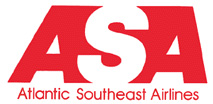Zone
Crash of a McDonnell Douglas MD-82 in Little Rock: 11 killed
Date & Time:
Jun 1, 1999 at 2350 LT
Registration:
N215AA
Survivors:
Yes
Schedule:
Dallas – Little Rock
MSN:
49163
YOM:
1983
Flight number:
AA1420
Crew on board:
6
Crew fatalities:
Pax on board:
139
Pax fatalities:
Other fatalities:
Total fatalities:
11
Captain / Total hours on type:
5518.00
Copilot / Total hours on type:
182
Aircraft flight hours:
49136
Aircraft flight cycles:
27103
Circumstances:
On June 1, 1999, at 2350:44 central daylight time, American Airlines flight 1420, a McDonnell Douglas DC-9-82 (MD-82), N215AA, crashed after it overran the end of runway 4R during landing at Little Rock National Airport in Little Rock, Arkansas. Flight 1420 departed from Dallas/Fort Worth International Airport, Texas, about 2240 with 2 flight crewmembers, 4 flight attendants, and 139 passengers aboard and touched down in Little Rock at 2350:20. After departing the end of the runway, the airplane struck several tubes extending outward from the left edge of the instrument landing system localizer array, located 411 feet beyond the end of the runway; passed through a chain link security fence and over a rock embankment to a flood plain, located approximately 15 feet below the runway elevation; and collided with the structure supporting the runway 22L approach lighting system. The captain and 10 passengers were killed; the first officer, the flight attendants, and 105 passengers received serious or minor injuries; and 24 passengers were not injured. The airplane was destroyed by impact forces and a post crash fire. Flight 1420 was operating under the provisions of 14 Code of Federal Regulations Part 121 on an instrument flight rules flight plan.
Probable cause:
The flight crew's failure to discontinue the approach when severe thunderstorms and their associated hazards to flight operations had moved into the airport area and the flight crew's failure to ensure that the spoilers had extended after touchdown. Contributing to the accident were the flight crew's:
(1) impaired performance resulting from fatigue and the situational stress associated with the intent to land under the circumstances,
(2) continuation of the approach to a landing when the company's maximum crosswind component was exceeded, and
(3) use of reverse thrust greater than 1.3 engine pressure ratio after landing.
(1) impaired performance resulting from fatigue and the situational stress associated with the intent to land under the circumstances,
(2) continuation of the approach to a landing when the company's maximum crosswind component was exceeded, and
(3) use of reverse thrust greater than 1.3 engine pressure ratio after landing.
Final Report:
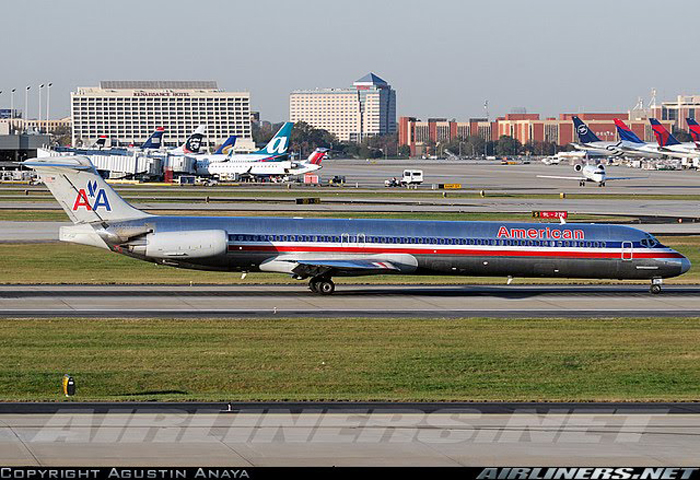

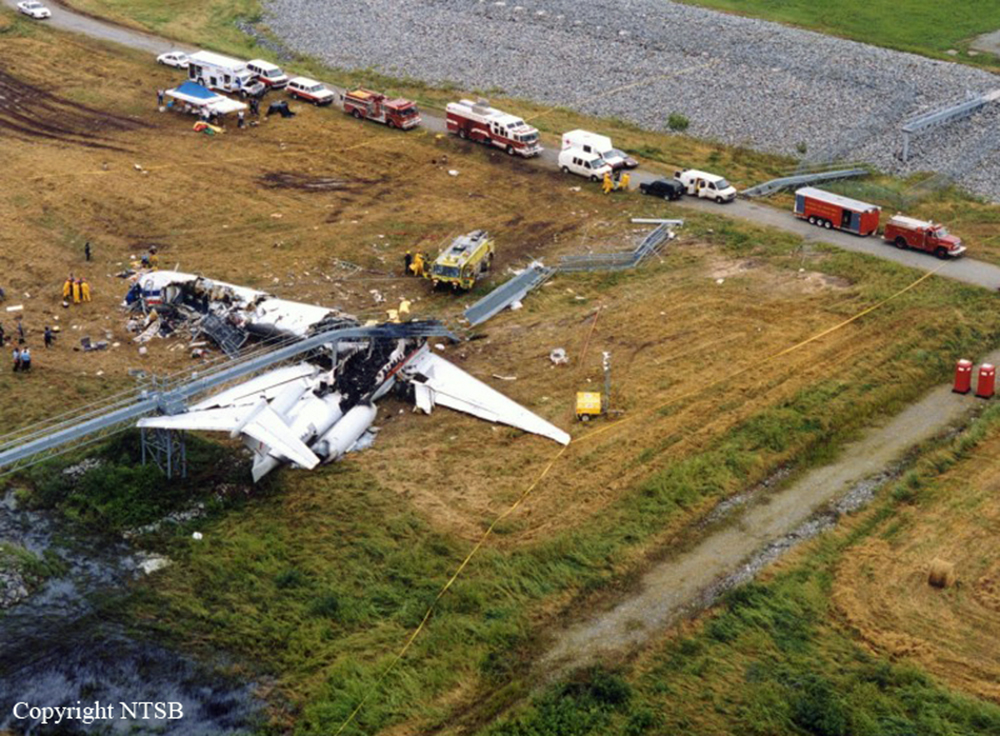
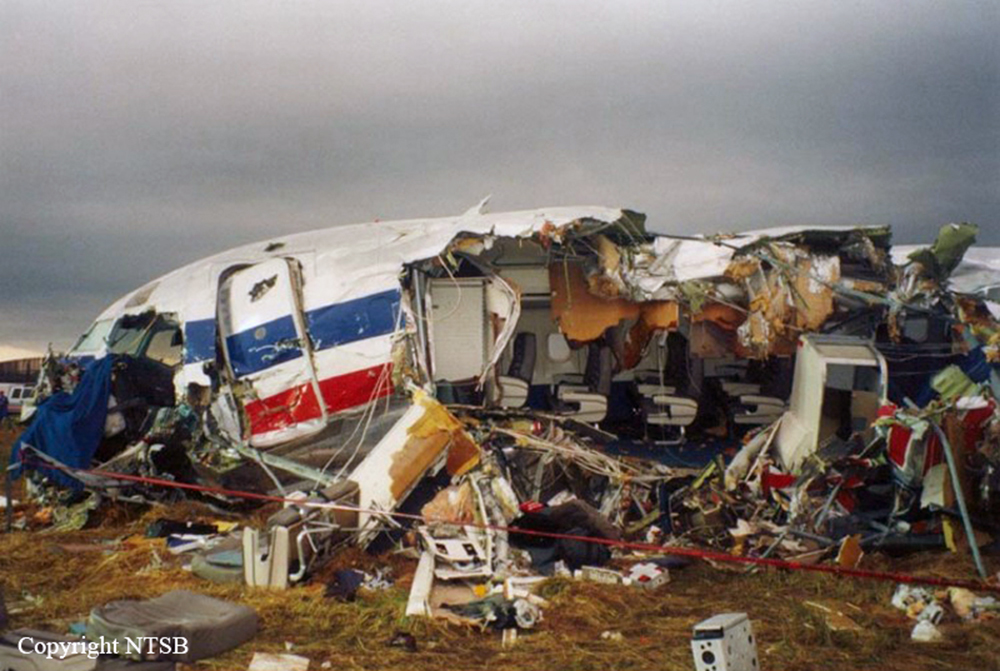

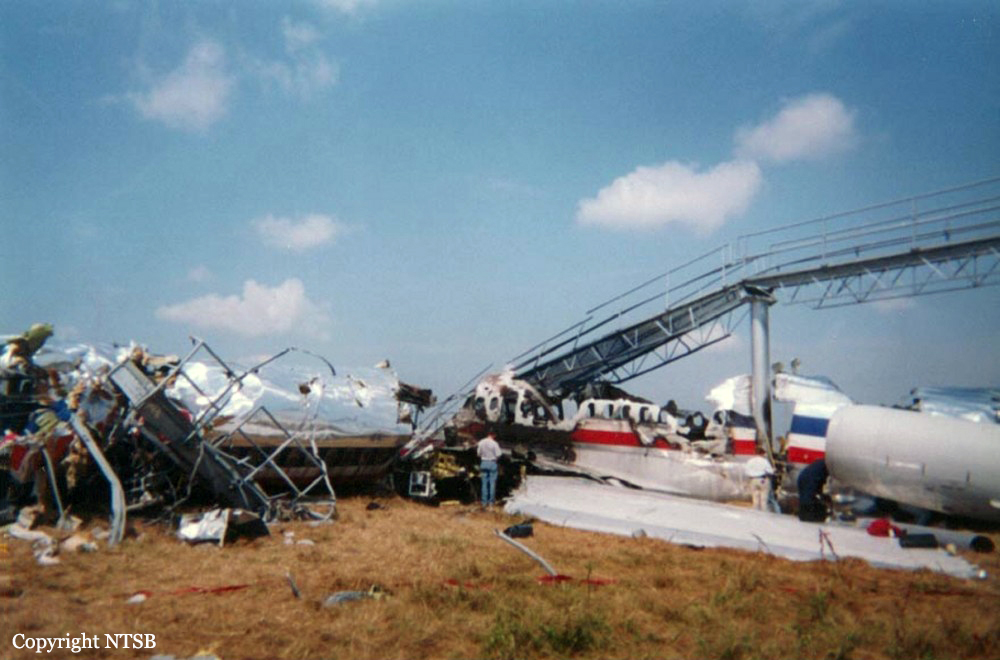

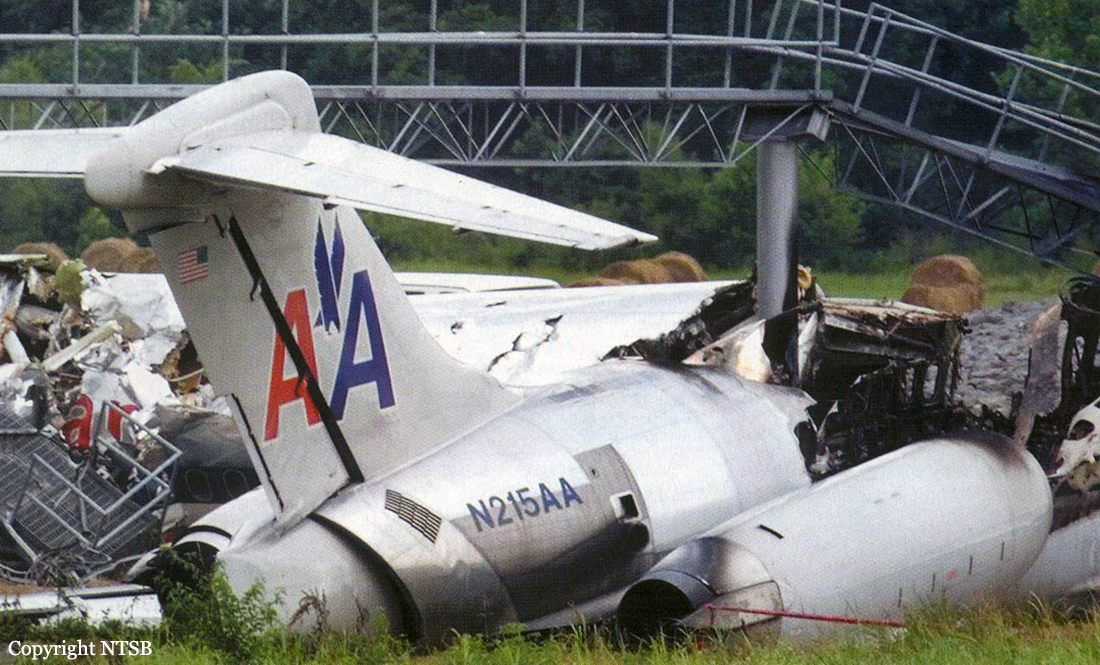
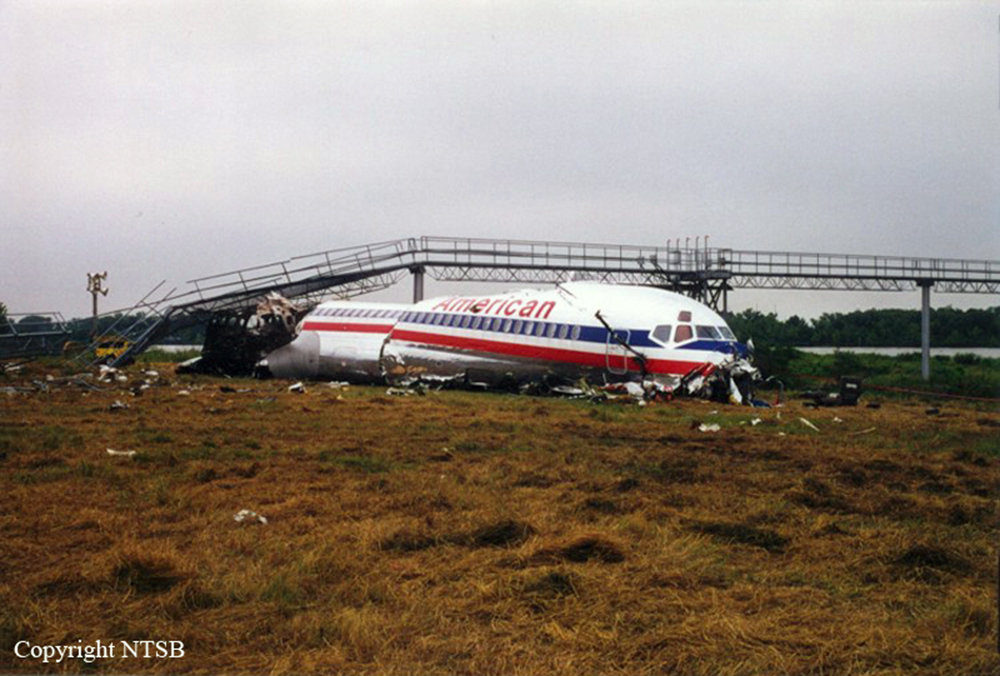
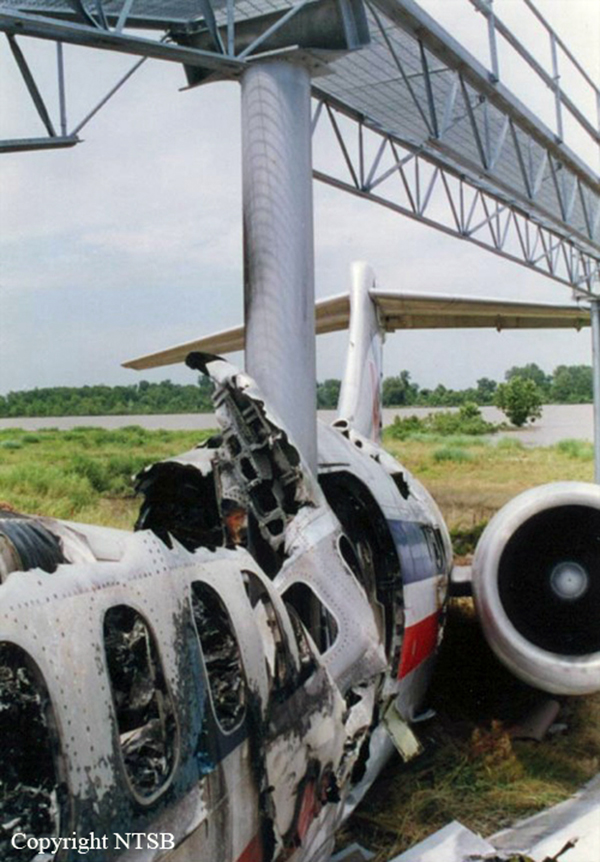



Crash of a Beechcraft G18S in Crosbyton
Date & Time:
Oct 6, 1997 at 1830 LT
Registration:
N9312Y
Survivors:
Yes
Schedule:
Lubbock - Dallas
MSN:
BA-550
YOM:
1960
Flight number:
MXP1061
Crew on board:
1
Crew fatalities:
Pax on board:
0
Pax fatalities:
Other fatalities:
Total fatalities:
0
Captain / Total hours on type:
1328.00
Aircraft flight hours:
17974
Circumstances:
While in cruise flight at 9,000 feet MSL, the left engine began to 'run rough and lose power.' The pilot said he interpreted the problem as carburetor icing and applied carburetor heat. With the engine still running rough, the left propeller was feathered and the left engine shut down. Restart attempts were not successful. Unable to maintain altitude, the pilot requested to land at a nearby airport. After descending through IMC weather, the pilot realized that he would not make it to the airport, and executed a forced landing to rough/uneven terrain. Examination of the engines revealed that the alternate air doors were missing on the right and left engine. The hinges for the doors were attached to both carburetors and showed no evidence of distortion or impact damage. The doors were not found at the wreckage site. A missing alternate air door would allow ambient air to enter the carburetor, rendering the carburetor heating system ineffective. According to carburetor icing probability charts, the reported temperature and dew point values would be favorable to the formation of induction system icing.
Probable cause:
Inadequate maintenance which resulted in diminished carburetor heat effectiveness due to missing alternate air doors. Contributing were conducive carburetor icing weather conditions, low ceilings during the emergency descent, and the lack of suitable terrain for the forced landing.
Final Report:
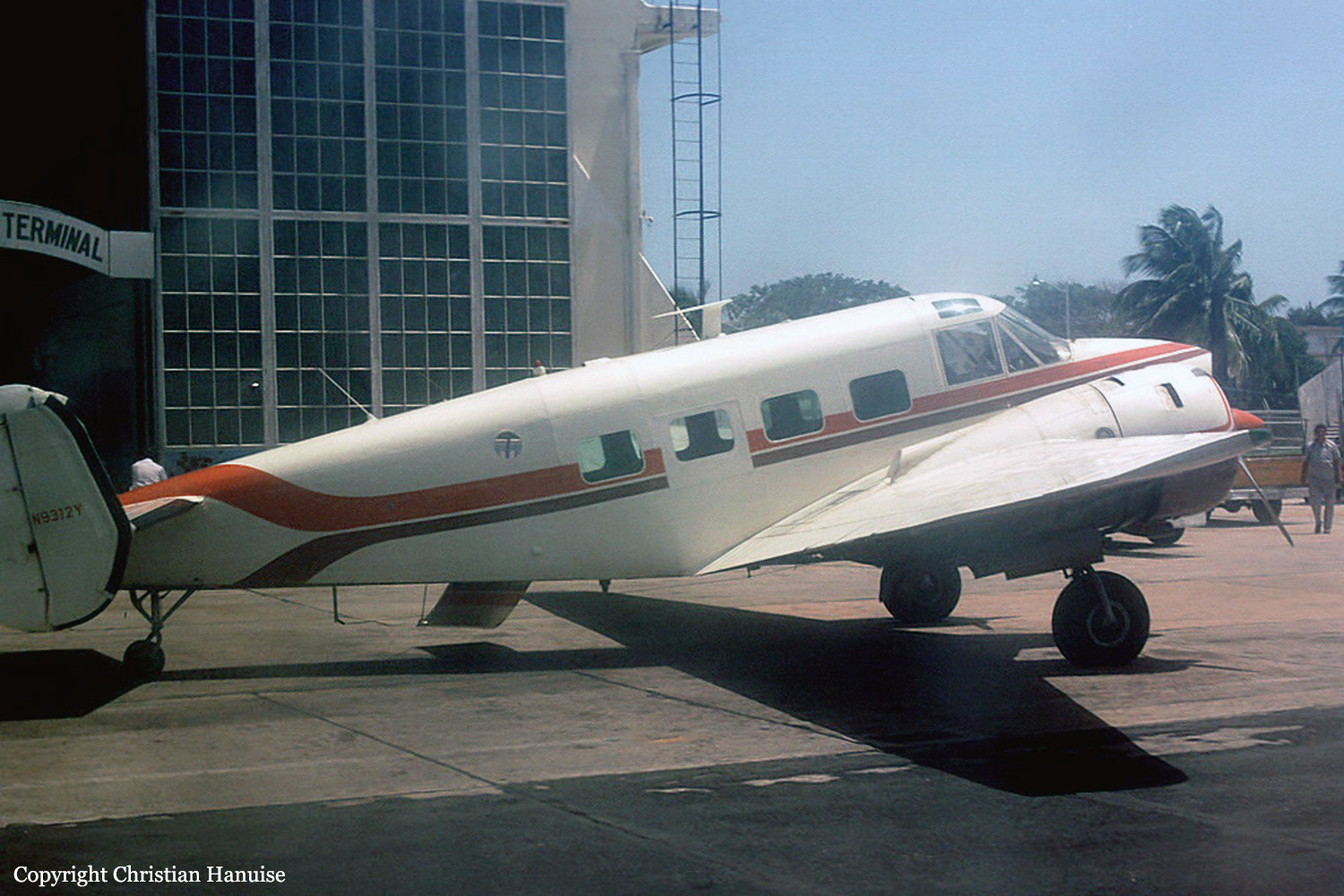
Crash of a Douglas DC-10-30 in Dallas
Date & Time:
Apr 14, 1993 at 0659 LT
Registration:
N139AA
Survivors:
Yes
Schedule:
Honolulu - Dallas
MSN:
46711
YOM:
1973
Flight number:
AA102
Crew on board:
13
Crew fatalities:
Pax on board:
189
Pax fatalities:
Other fatalities:
Total fatalities:
0
Captain / Total hours on type:
555.00
Copilot / Total hours on type:
376
Aircraft flight hours:
74831
Aircraft flight cycles:
17920
Circumstances:
At the time flight AA102 landed at DFW Airport, it was raining and there were numerous thunderstorms in the area. Shortly after touchdown on runway 17L, the pilot loss directional control when the airplane began to weathervane and the captain failed to use sufficient rudder control to regain the proper ground track. The airplane eventually departed the right side of the runway. At the time of landing the wind (a cross wind) was blowing at 15 knots with gusts approximately 5 knots above the steady wind speed. The aircraft was damaged beyond repair and all 202 occupants were evacuated, among them 40 were injured, two seriously.
Probable cause:
Failure of the captain to use proper directional control techniques to maintain the airplane on the runway.
Final Report:
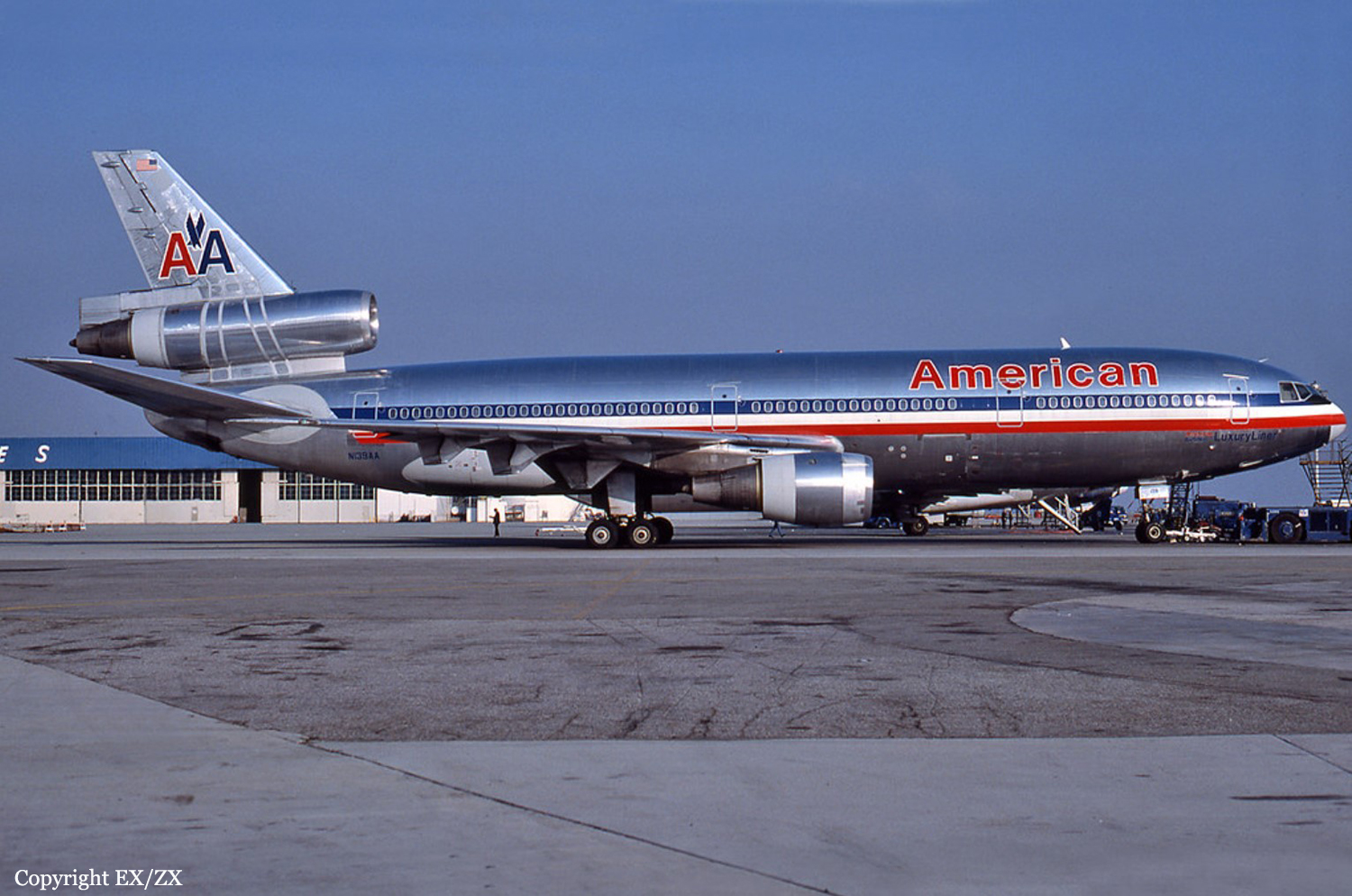
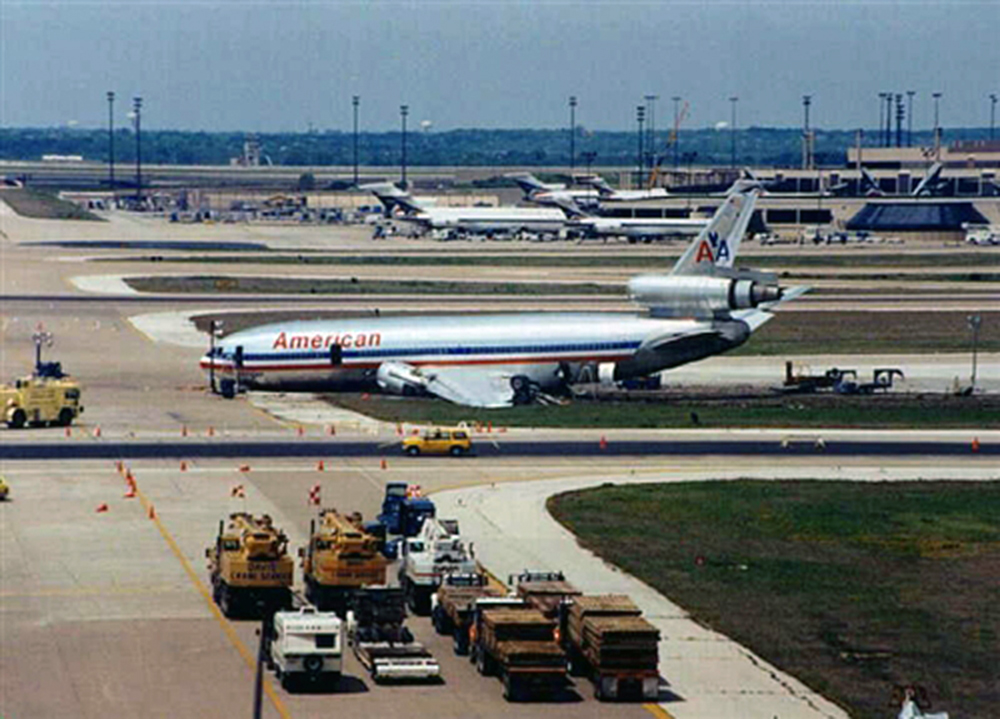

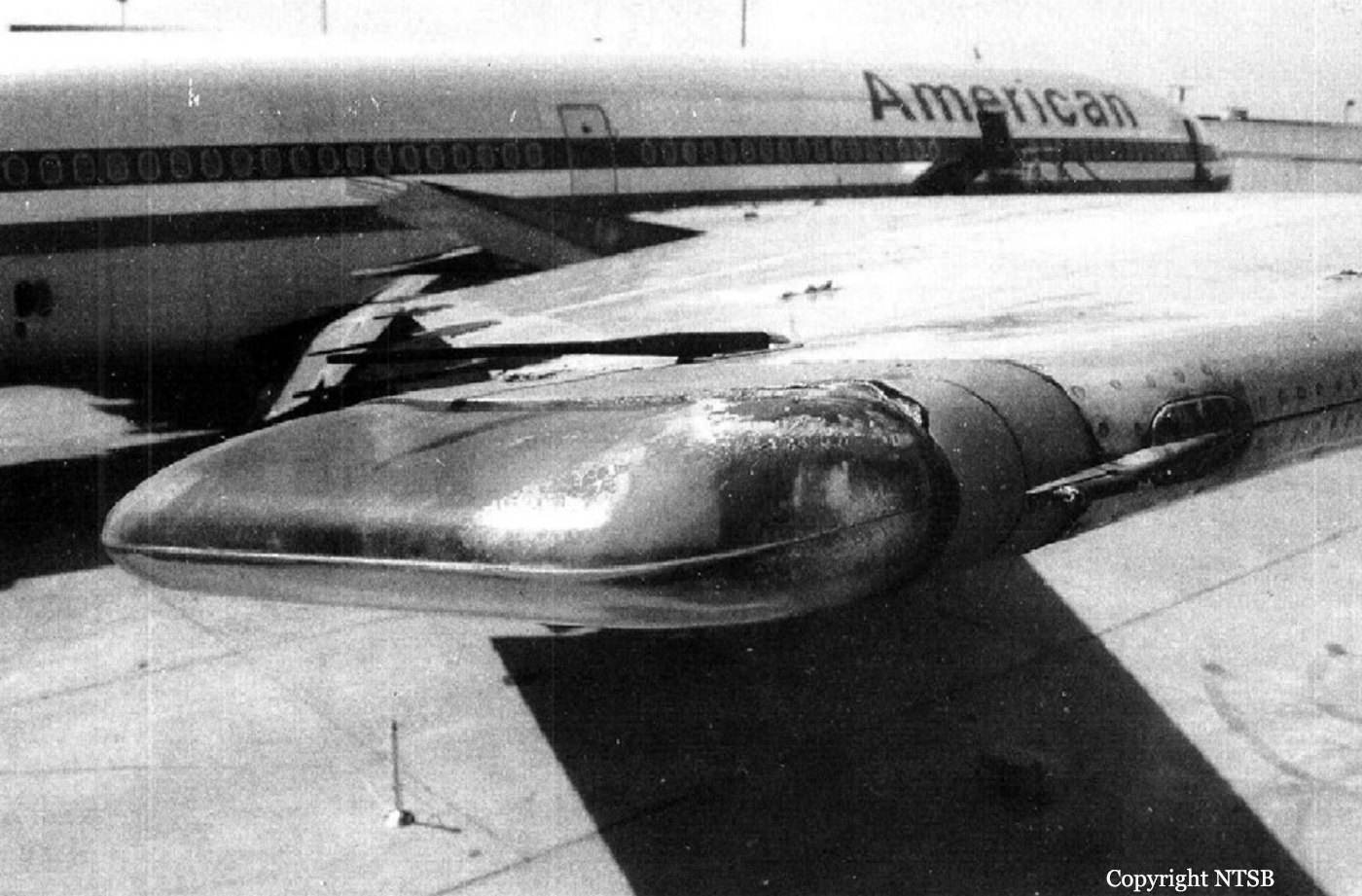

Crash of a Boeing 727-232 in Dallas: 14 killed
Date & Time:
Aug 31, 1988 at 0901 LT
Registration:
N473DA
Survivors:
Yes
Schedule:
Jackson - Dallas - Salt Lake City
MSN:
20750
YOM:
1973
Flight number:
DL1141
Crew on board:
7
Crew fatalities:
Pax on board:
101
Pax fatalities:
Other fatalities:
Total fatalities:
14
Captain / Total hours on type:
7000.00
Copilot / Total hours on type:
4000
Aircraft flight hours:
43023
Circumstances:
Flight DL1141 (Jackson - Dallas - Salt Lake City) left Gate 15 at 08:30 and was instructed to taxi to runway 18L. When first in line for takeoff (at 08:59) the flight was cleared for takeoff. The takeoff was uneventful until the airplane reached the rotation phase (at 154 knots, 6017 feet down the runway). As the main gear wheels left the ground, the airplane began to roll violently, causing the right wingtip to contact the runway (1033 feet after lift-off), followed by compressor surges. The plane continued and struck the ILS localizer antenna array 1000 feet past the end of runway 18L. After impacting the antenna installation, the airplane remained airborne for an additional 400 feet, then struck the ground, traversed a ground depression and slid sideways until it came to rest near the airport perimeter fence, 3200 feet from the runway end. Parts of the aircraft had separated in the slide and a fire had erupted in the right wing area, quickly engulfing the rear, right side of the airplane after it came to rest. Twelve passengers and two crew members were killed. The aircraft was destroyed.
Probable cause:
The board determines that the accident was caused mainly by the captain and first officer's inadequate cockpit discipline which resulted in the flight crew's attempt to takeoff without the wing flaps and slats properly configured; and the failure of the takeoff configuration warning system to alert the crew that the airplane was not properly configured for the takeoff. Contributing to the accident was Delta's slow implementation of necessary modifications to its operating procedures, manuals, checklists, training and crew checking programs which were necessitated by significant changes in the airline following rapid growth and merger. Also contributing to the accident was the lack of sufficiently aggressive action by the FAA to have known deficiencies corrected by Delta and the lack of sufficient accountability within the FAA's air carrier inspection process.
Findings:
Occurrence #1: loss of control - in flight
Phase of operation: takeoff - initial climb
Findings
1. (c) preflight planning/preparation - improper - pilot in command
2. (c) overconfidence in personal ability - pilot in command
3. (c) procedures/directives - not followed - copilot/second pilot
4. (c) procedures/directives - not followed - pilot in command
5. (f) procedure inadequate - company/operator management
6. (f) insufficient standards/requirements, operation/operator - FAA (organization)
7. (f) inadequate method of compliance determination record keeping - FAA (organization)
8. (c) lowering of flaps - not performed
9. (c) lowering of slats - not performed
10. (c) safety system (other) - inoperative
----------
Occurrence #2: in flight collision with terrain/water
Phase of operation: descent - uncontrolled
Findings:
Occurrence #1: loss of control - in flight
Phase of operation: takeoff - initial climb
Findings
1. (c) preflight planning/preparation - improper - pilot in command
2. (c) overconfidence in personal ability - pilot in command
3. (c) procedures/directives - not followed - copilot/second pilot
4. (c) procedures/directives - not followed - pilot in command
5. (f) procedure inadequate - company/operator management
6. (f) insufficient standards/requirements, operation/operator - FAA (organization)
7. (f) inadequate method of compliance determination record keeping - FAA (organization)
8. (c) lowering of flaps - not performed
9. (c) lowering of slats - not performed
10. (c) safety system (other) - inoperative
----------
Occurrence #2: in flight collision with terrain/water
Phase of operation: descent - uncontrolled
Final Report:
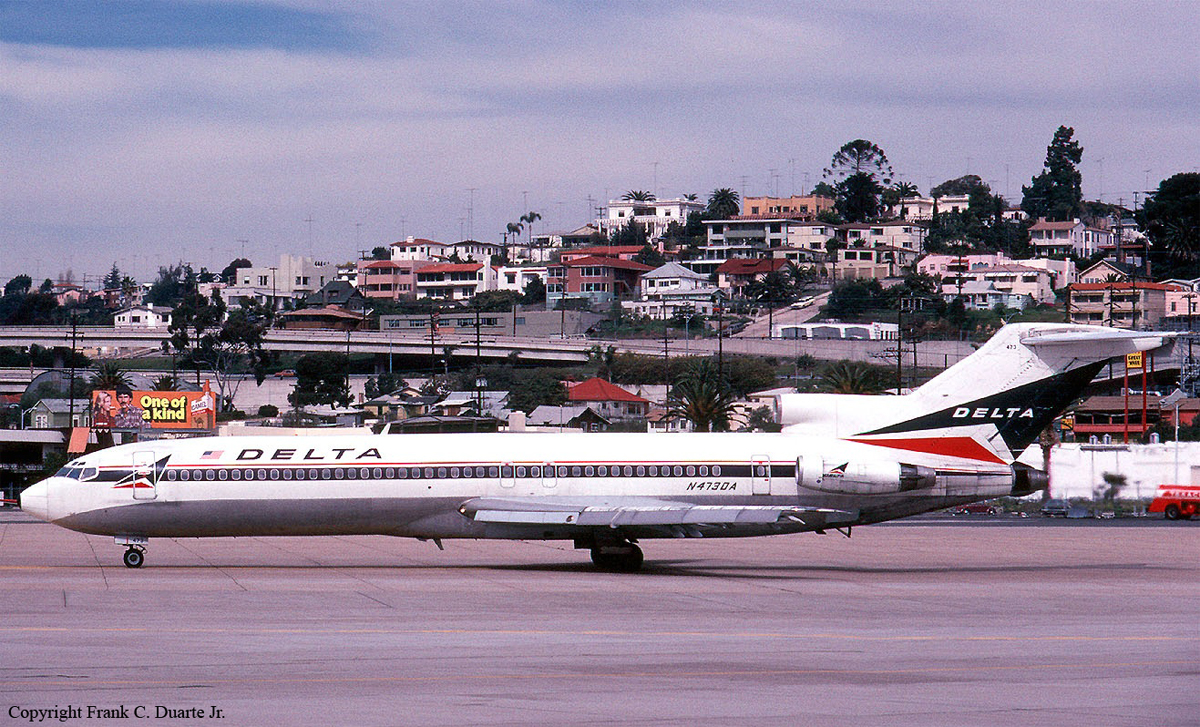
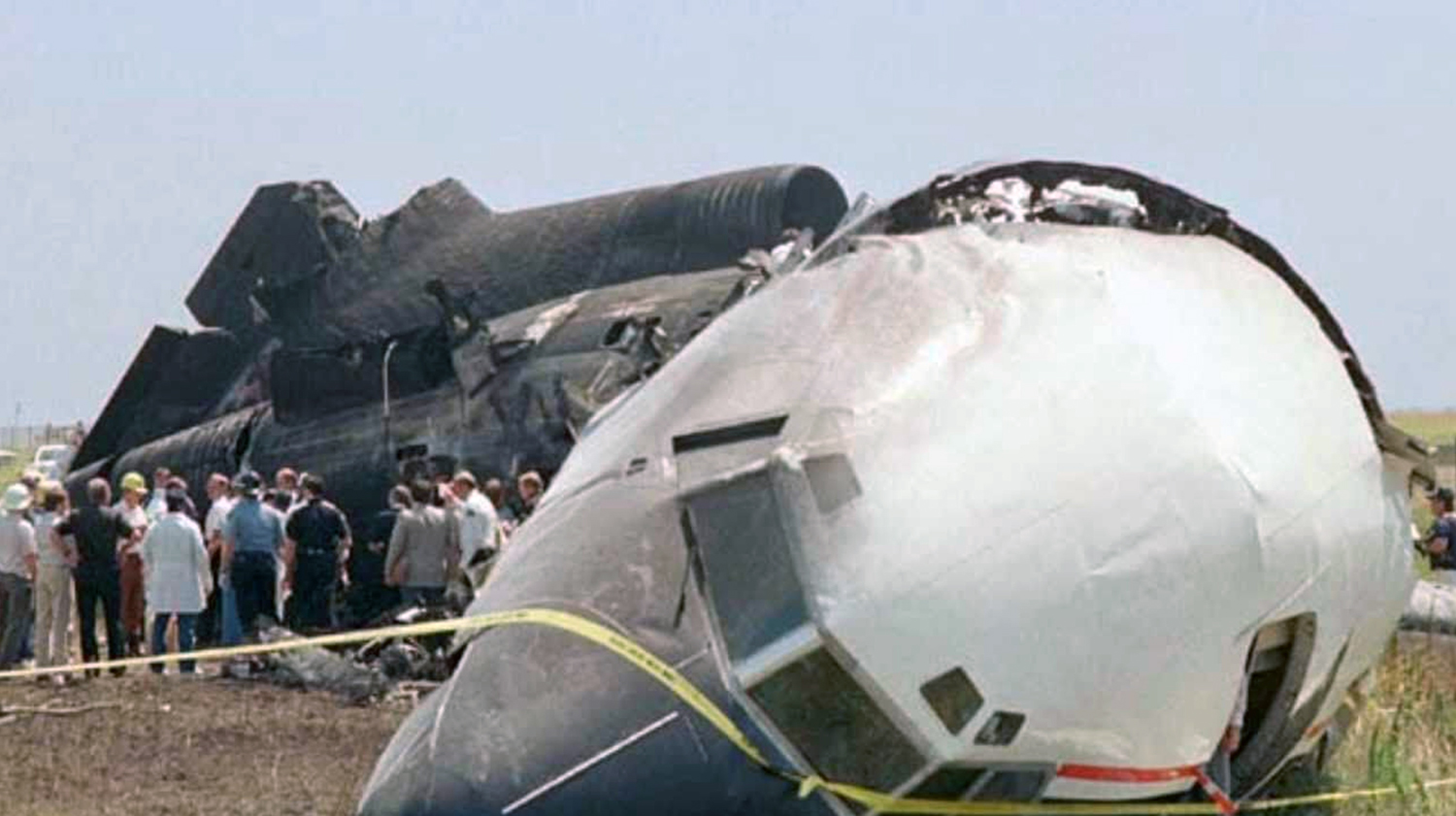

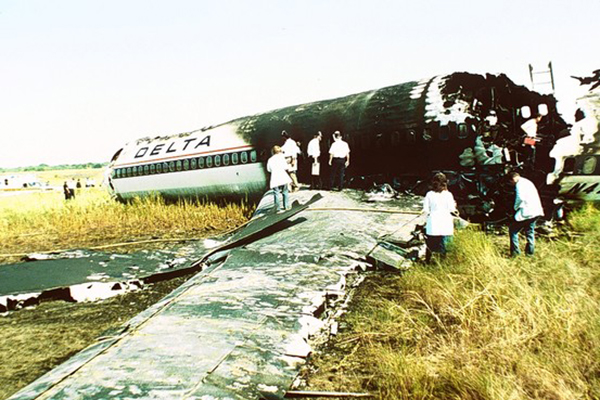
Crash of an Embraer EMB-110P1 Bandeirante in Lawton
Date & Time:
May 24, 1988 at 1454 LT
Registration:
N65DA
Survivors:
Yes
Schedule:
Lawton - Dallas
MSN:
110-389
YOM:
1982
Crew on board:
2
Crew fatalities:
Pax on board:
6
Pax fatalities:
Other fatalities:
Total fatalities:
0
Captain / Total hours on type:
483.00
Aircraft flight hours:
13005
Circumstances:
The number one (left) engine failed during the takeoff from runway 35. It was reported that the aircraft yawed sharply left and climbed to between 50 and 100 feet agl before it began losing altitude. The aircraft struck the ground and continued to move forward on the ground several hundred feet until it struck the airport perimeter fence. The aircraft came to rest 1,600 feet west of the runway, on a heading of 290°. A post-crash fire destroyed the cargo area of the aircraft. Examination of the left engine revealed a compressor turbine blade airfoil separation. Disassembly of the propeller on the left engine indicated that the propeller had autofeathered normally after the engine failed. The captain reportedly made the takeoff. All eight occupants were injured, two seriously. The aircraft was damaged beyond repair.
Probable cause:
Occurrence #1: loss of engine power (total) - mech failure/malf
Phase of operation: takeoff - initial climb
Findings
1. 1 engine
2. (f) compressor assembly, blade - previous damage
3. (f) compressor assembly, blade - overtemperature
4. (f) compressor assembly, blade - separation
5. Propeller feathering - performed
----------
Occurrence #2: in flight collision with terrain/water
Phase of operation: takeoff - initial climb
Findings
6. (c) emergency procedure - improper - pilot in command
7. (c) directional control - not maintained - pilot in command
8. Object - fence
Phase of operation: takeoff - initial climb
Findings
1. 1 engine
2. (f) compressor assembly, blade - previous damage
3. (f) compressor assembly, blade - overtemperature
4. (f) compressor assembly, blade - separation
5. Propeller feathering - performed
----------
Occurrence #2: in flight collision with terrain/water
Phase of operation: takeoff - initial climb
Findings
6. (c) emergency procedure - improper - pilot in command
7. (c) directional control - not maintained - pilot in command
8. Object - fence
Final Report:



